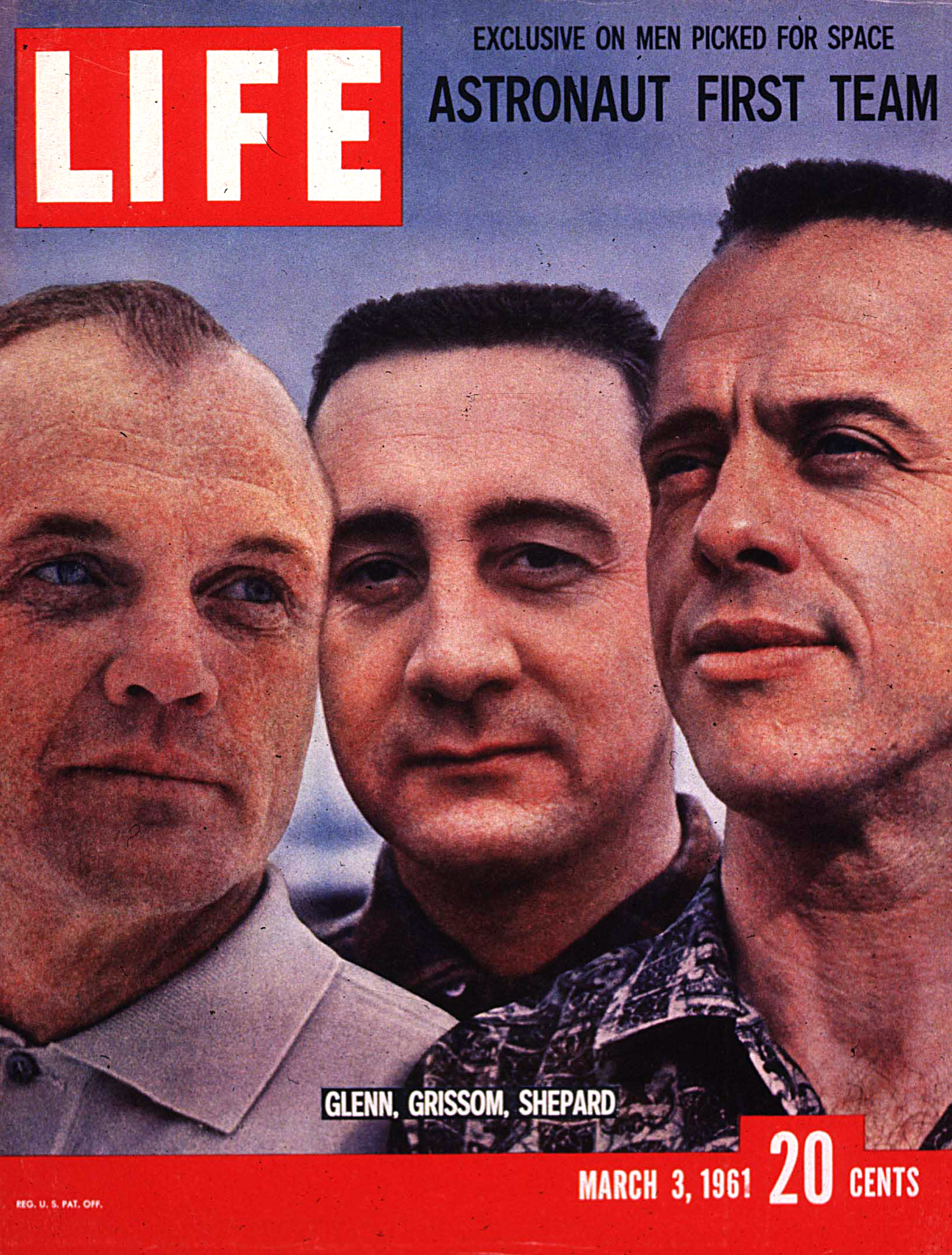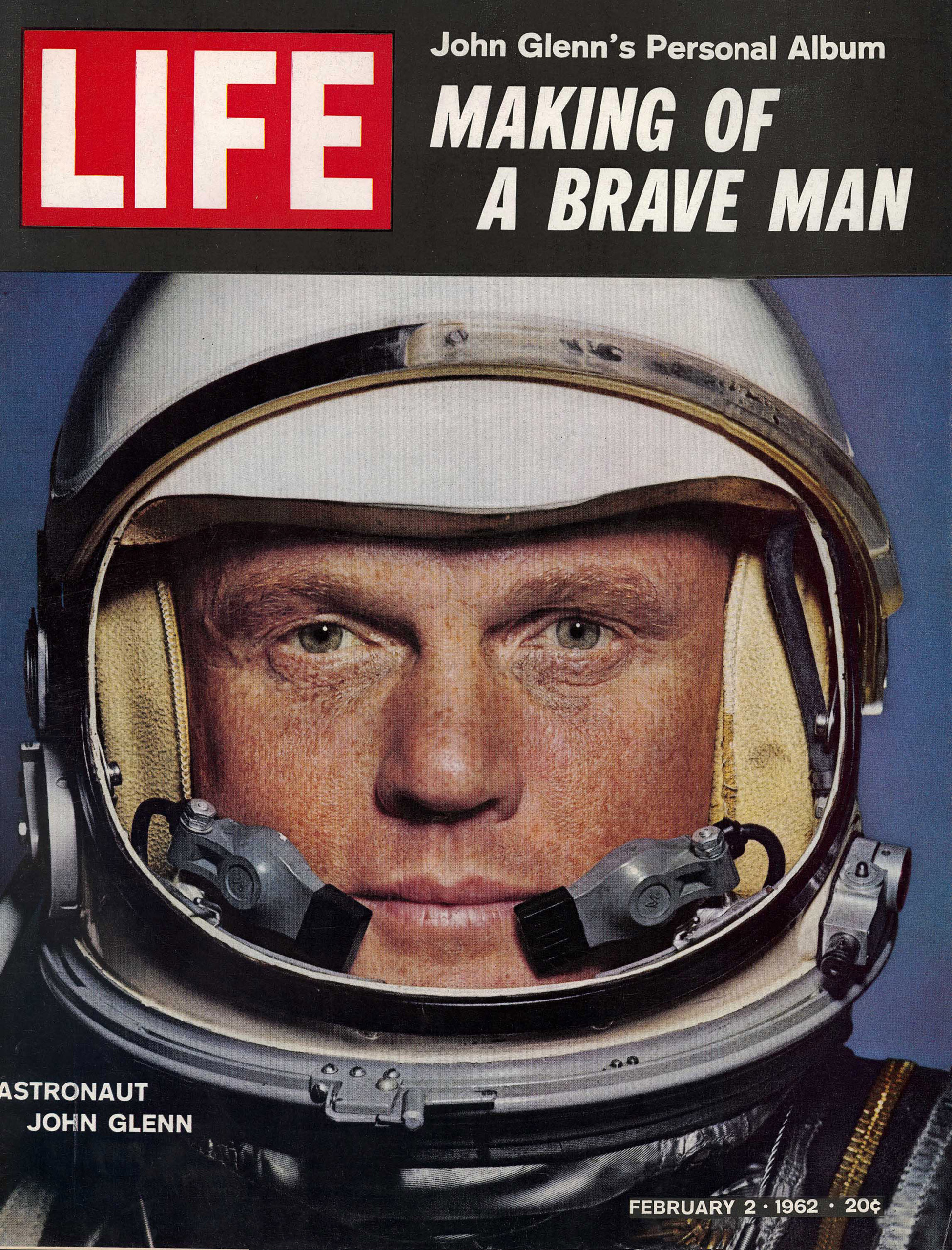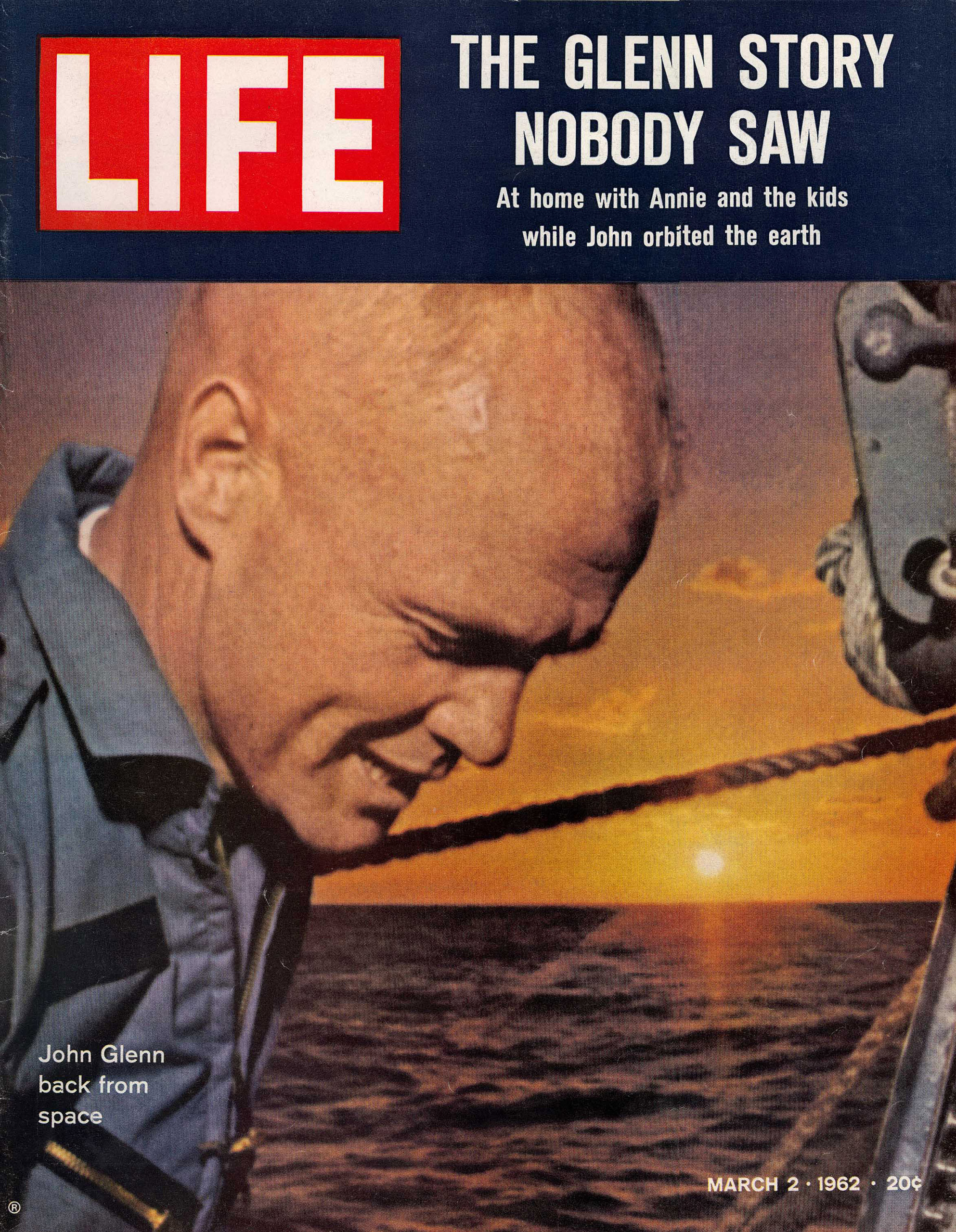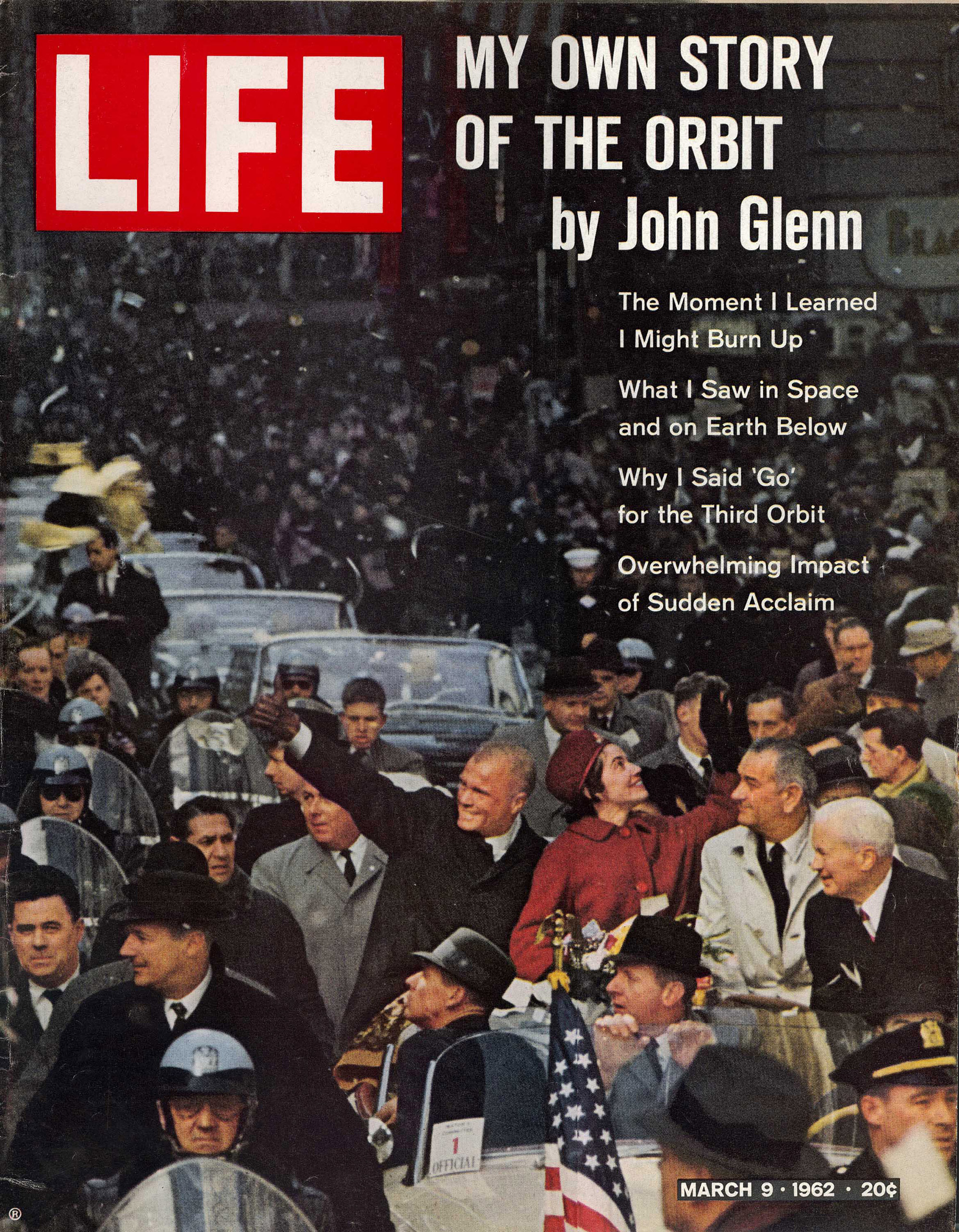
Former Ohio U.S. Senator and astronaut John Glenn—the first American to orbit the Earth and the third in space—died on Thursday at 95.
As the above gallery shows, the American hero was a fixture in LIFE Magazine throughout the Space Race era, as the U.S. strove to fulfill President John F. Kennedy’s promise to beat the Soviets to the Moon by the end of the 1960s. (The Soviet Union got a head start by successfully launching Sputnik I, the world’s first artificial satellite, on Oct. 4, 1957, and making Cosmonaut Yuri Gagarin the first human in space on April 12, 1961.) Glenn took this mission seriously. As he told LIFE in 1960, “Anyone who doesn’t want to be first doesn’t belong in this program.”
Glenn became the first American to circle the globe on Feb. 20, 1962. He did three loops in 4 hours and 56 minutes—at speeds of more than 17,000 mph.
“Weightlessness, at least for a period of a few hours, is no problem at all in spaceflight,” he wrote in a minute-by-minute story of the historic flight for LIFE’s March 9, 1962, issue. The essay’s title: If You’re All Shook Up, You Shouldn’t Be There.
Another surprising, but inexplicable finding of the mission, were the greenish-yellow lights spotted during the first rays of sunrise as he was crossing the Pacific Ocean toward the U.S. Though Glenn wrote that he didn’t know what they were, they gave him an opportunity to summon not just his bravery but also his capacity to appreciate beauty:
I thought for a minute that I must have tumbled upside-down and was looking up at a new field of stars….spread out as far as I could see, were literally thousands of tiny luminous objects that glowed in the black sky like fireflies. I was riding slowly through them, and the sensation was like walking backwards through a pasture where someone had waved a wand and made all the fireflies stop right where they were and glow steadily…I thought perhaps I’d stumbled into the lost batch of needles the Air Force had tried to set up in orbit for communications purposes. But I could think of no reason why needles should glow like fireflies, nor did they look like needles. As far as I know, the true identity of these particles is still a mystery.





More Must-Reads From TIME
- The 100 Most Influential People of 2024
- Coco Gauff Is Playing for Herself Now
- Scenes From Pro-Palestinian Encampments Across U.S. Universities
- 6 Compliments That Land Every Time
- If You're Dating Right Now , You're Brave: Column
- The AI That Could Heal a Divided Internet
- Fallout Is a Brilliant Model for the Future of Video Game Adaptations
- Want Weekly Recs on What to Watch, Read, and More? Sign Up for Worth Your Time
Write to Olivia B. Waxman at olivia.waxman@time.com